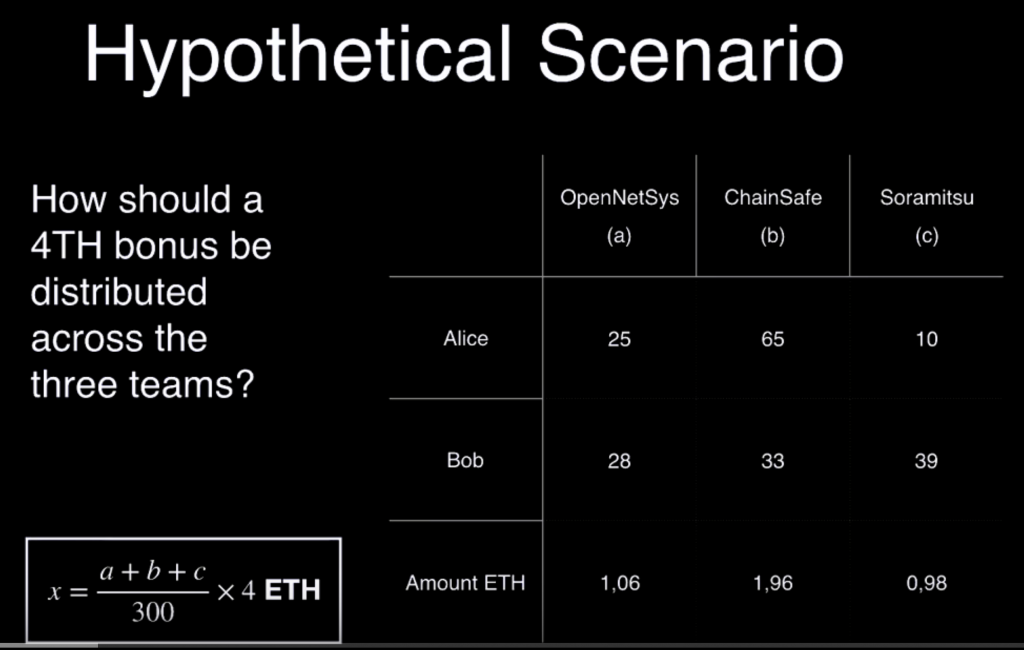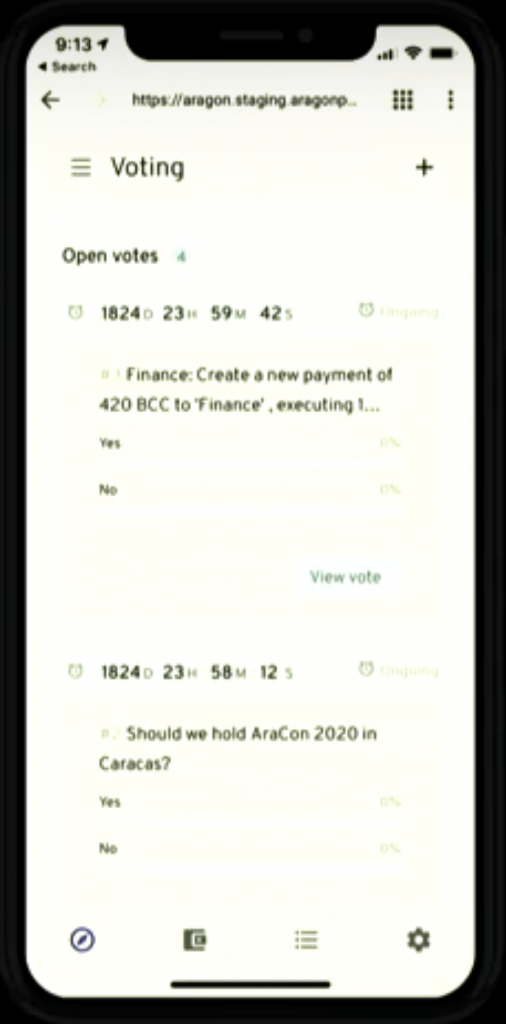Background and need for context-based merit assessments
Online ranking systems don’t reflect a nuanced response to information. The ushin system of evaluating merit offers a combination of individual and crowd-sourced ranking for users to customize ranking and filtration.
Nuanced analysis For example, in a medical emergency with no one else around, the action to call for help right away is merited by the urgent and dire facts, the logic of seeking expert help, and the human need for health – usually accompanied by human emotion to compel action. Other people and equipment on the scene influences what can occur, and resulting actions produce different effects in real life that can be assessed and inform future behavior.
Overview of common online ranking and consensus taking
Center for Media and Democracy
Wikis – popular and convenient synopsis of topics, with deliberation happening in the backend, showing only the presumed consensus of the editing crowd. Wikipedia has been faulted for bias and influence by hiding alternate views.
Wikis with a purpose – or overt bias, such as sourcewatch are not expected to provide a balanced presentation. People have not control over whose views are on display or basic filters such as interval of time, place, or kind of information saught.
PRWatch
https://www.sourcewatch.org/
- see u4u booklet
- etherium
This is how an etherium dao (at 12:53)calculated allocation of gas to different dev teams:


Transparency and interactivity with setting merits
Create merit points
Given the above, when user taps/selects a point’s shape and then types in the merits region text box that then appears, they are creating a new, (merit), point connecting to the tapped point in another region, [or other semscreen in connections views]
Evaluation of merit
Authors evaluate their input, such as conclusions, or recommended actions, by virtue of the facts, thoughts and action feasibility with respect to meeting stated needs.
Filtering when browsing
It will be possible for a user to deliberate merit valuations of someone else’s main point, or, by centering a supporting point, create a new deliberation. The new message will reference the side point, as a quote in the original region.
Later: Users will be able to cast values on the individual points, as well as on judgements of those points.
Future: Adopt Filters
Users will be able to adopt other people’s filters to influence what shows on their screens. This would be a rapid means of aggregating and parsing the data in deliberation.
In a multi-user deliberation users would collectively award merits through calculations including collective valuations of each of the regions and their contents. In a mature system these valuations would show up for each user as they were at the time of publication, with support for the valuation as packaged by the publishing source of information.
“Let’s say that I choose to give weight to Alice’s merit valuations, and Alice gives weight to Bob’s merit valuation, and Bob gives weight to Charlie’s merit valuations. If Alice, Bob, and Charlie all give the same semscreen different rankings a user could calculate merit based on some function of the weight they each give.“
When user includes Alice’s input, and ranks her among top sources of information to appear in general, e.g. she has won user’s trust for her as having contributed input which has met other people’s needs – needs that the user prioritizes.
Users apply merit to points and semscreens
Given the screen shows a copy of another person’s, (or user’s own), earlier message, in a new currently editing semscreen. Uses can apply merit, or demerit, to any point when the semscreen is open, or per semscreen when the semscreen is closed.
In onion view: One idea had been for users to show how a central main point is to their message by dragging it closer to the focus.
Points gain merit when the current user, and her trusted others, further substantiate the weight of a semscreen, and/or individual points, with evidence, logic, ethos, pathos and/or rationale for why the point matters.
Steiner biography re: terms to describe types of analyis.***
Points and semscreens appear when user and user’s filters don’t exclude the kinds of people and other shapes, among those with input matching search criteria.
People and groups will be able to rank messages based on the value of each point, by DnD or up/down arrows or typing in values.
Users can re-set individual rankings and can visualize different combinations, on blank open space, by changing combinations of shapes, key words, time intervals and other filters.
Search parameters
User preferences
Part of the determination of merit comes from a calculation based on the inherent parameters of value for each shape. Each shape has its own ranking system, and individual points and semscreens are ranked based on how well they meet those standards as well as keyword and time parameters.
People judge actions that other people recommend by
- Facts by experience, evidence, citations, time, places and objects, recency. If, for example, a user has highly ranked professional journals as the only citation acceptable, information from only those kinds of journals will show.
- People by credibility, degree of separation/conflict of interest, expertise, reputation, responsivity to queries, and input success in meeting others’ needs.
Each user’s findings that show in the display first – at the top of the list, in view are based on user’s ranking of kinds of people considered experts, or are otherwise trustworthy to the user as sources of information, ranked by qualifications specific to the point.
- Thoughts by cogency, strength of argument, kind of structure, rigor of analylitic method, earning demerits for logical fallacies
- Feelings by intensity and character
- Needs by basic survival
- Topics by affect of influence and relevance
- Actions by feasibility, efficiency and weighted factors influencing the likely success of meeting stated needs
Complex deliberations in a mature ushin system will reveal the accounting methods used and standards of measurement in producing a numerical value for merit. The resultant numbers determine the prominence of information.
Later methods may apply merit to connections between and among points.
For more complex situations, deliberation suggests that not only do we consider an issue from all angles, but that we can take a second pass over our supporting points to weigh each according to their shape-based valuations.
Individuals and groups use the app tools to deliberate and assign weights and measures for different kinds of input to customize their own consensus building tools.
In U4U merit will be introduced as a cumulative value of the weights of each supporting point. Weights and measures will be customized by each user and their groups, or pursuances, to quote pursuance.
An action may be deemed to have greater merit as more profoundly needy people are more profoundly helped. Users, groups, and pursuances create autonomous ranking systems, determining merit of input transparently
The notetaking ushin app, u4few, is not used for deliberation and there is no input field for merit. When speakers in a meeting declare that something has merit, the phrase would be included in the thoughts region.
The roles of curator, vetter, and host are distinct
– Everyone should be able to curate (set filters for) content. If you create a filter and share it with others, they should be free to use, distribute, modify, and distribute a modified version of your filter (see https://www.gnu.org/philosophy/free-sw.html ). It’s likely that many users will simply adopt the filters created by someone they trust, the specifics have merit related to indidivual’s settings. Sites or hosts offer a default filter, managed by oneself and ones chosen peers in deliberation.
– Everyone should be able to vet another person by using a private (GPG?) key to sign that person’s identity a revocable signing key, which indicates to a reader that the author has been vetted by the organization. This also serves as a form of authentication. By using keys to vet other people, any individual or group can vet someone else.
– Everyone should be able to store and share their data how they see fit. e.g. IPLD ( https://ipld.io/#features ) to structure ushin data. You can read about Layer 0, 1, and 2 for a brief overview ( https://github.com/ipld/specs ).